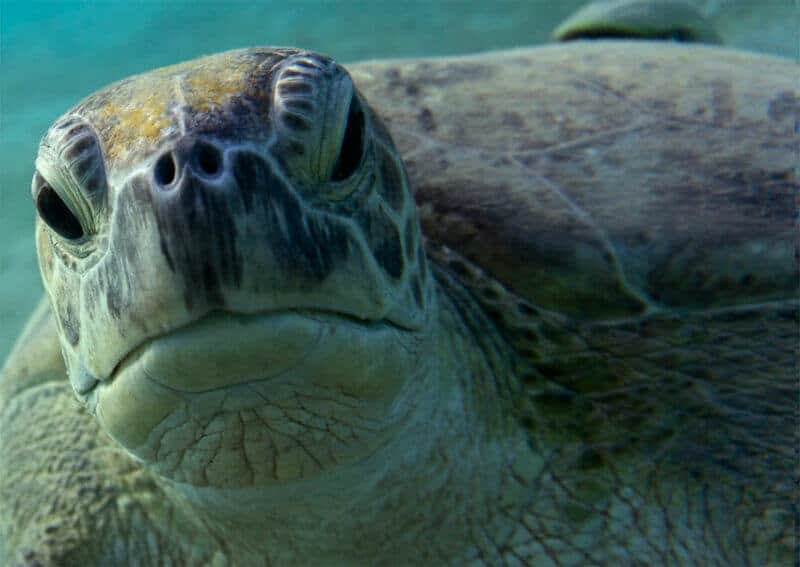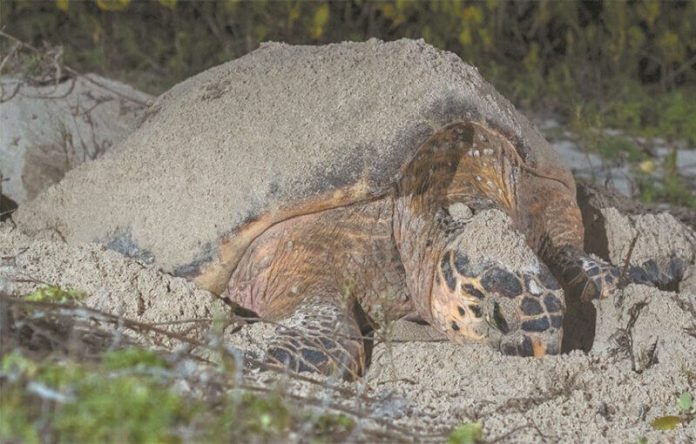High levels of impunity for environmental crimes and budget cuts at two federal government institutions are heightening the risks faced by Mexico’s flora and fauna in areas where they are supposed to be protected.
As is the case for many crimes committed in Mexico, the impunity rate for environmental offenses is well above 90%, a situation that emboldens environmental plunderers and encourages others to join in.
According to data obtained by the newspaper El Universal, the Commission for Natural Protected Areas (Conanp) registered 4,264 environmental crimes in 182 natural protected areas (ANPs) between 2006 and 2020.
The commission only followed up on 834 of those crimes – which included offenses such as removal of vegetation, illegal fishing, illegal construction and illegal logging – and referred 643 to the federal environmental protection agency Profepa.
It resolved only 50 of the crimes, meaning that 94% of all offenses referred to it went unpunished, while the impunity rate for all crimes committed in ANPs over the past 15 years was just under 99%.

The fact that such rampant impunity flourishes in ANPs is perhaps not surprising given the generalized impunity that plagues Mexico. But it is definitely concerning given that – as academic and Conanp board member Enrique Jardel puts it – the areas are “one of the main instruments to conserve habitats and biological diversity, and maintain environmental purposes such as the protection of catchment areas, the storage of water and climate regulation.”
In addition to the previously mentioned environmental crimes, commercial agriculture including cattle ranching, mining and tourism development are all encroaching on ANPs, and having a negative impact on them.
Authorities invariably favor economic development over the protection of natural resources in ANPs, Jardel said.
One example is the case of Telchac Puerto, a Yucatán port town and municipality on the Gulf of Mexico 40 kilometers east of Progreso where sea turtles nest on an 18-kilometer-long stretch of coastline. High-end tourism development and residents pose a threat to the municipality’s natural environment and wildlife, according to Minerva Cano, a biologist and leader of a local turtle conservation group.
“The tourist area is very urbanized, … [with] poorly planned construction on [or near] the beach and the dunes,” she told El Universal. “They erode the coastline and denude the dunes, affecting [turtles’] nesting.”
Cano also said that large lights on fishing boats and other vessels “completely disorient the turtles” and prevent them from returning to sea. Many end up dying, she said, adding that young people who drive all-terrain vehicles along the beach also pose a threat to nesting turtles and their eggs.
In addition, local people in precarious economic situations fish and hunt turtles to eat and sell, she said. Those illegal practices are seldom punished.
One example recounted by El Universal was the discovery earlier this year of the decapitated head of a Hawksbill sea turtle on the beach in Telchac Puerto. Its body and shell were nowhere to be found and the sand on which the head lay was stained red with blood, the newspaper said.
Such a crime in an ANP is punishable by up to 12 years’ imprisonment and a fine as high as 564,000 pesos (US $27,600) but as is all too common in Mexico, no one was held accountable. There is no justice in such crimes, members of Cano’s turtle conservation group said, unless a culprit is caught in the act with a knife in one hand and the slain reptile in the other.
Another example of the rampant impunity for crimes against wildlife is a 2016 case in which a trophy hunter posed for photos with a protected species of crocodile he killed in the Xcalak Reefs National Park in Quintana Roo.
The case – like hundreds of others – was referred to Profepa but went unresolved. The agency has given a vague explanation for its extremely limited success in holding environmental criminals to account, saying it has been unable to prosecute many offenses due to “insurmountable material obstacles.”
The El Universal report also indicated that justice – in the few cases in which it is served – is highly selective: a small-plot farmer transporting illegally-felled timber on donkeys is more likely to face punishment than the armed criminals who cut down the trees.

Achieving justice in cases of environmental crimes – arresting perpetrators and obtaining court sentences against them – requires monetary resources, but both Conanp, which manages sea and land ANPs covering some 90 million hectares, and Profepa have suffered budget cuts in recent years.
El Universal reported that both institutions reached a budget “peak” in 2016, with the former receiving 1.35 billion pesos (US $66.1 million) and the latter 960 million pesos (US $47 million).
By 2020, Conanp’s annual budget had fallen to 860 million pesos, a 36% decline in four years, while that of Profepa dropped 18% to 790 million pesos.
Eduardo Vega, an economics professor at the National Autonomous University, wrote about such budget cuts in a paper entitled The Budgetary Erosion of Mexican Environmental Policy.
The Ministry of the Environment and Natural Resources and the government bodies that depend on it have faced severe cuts that amount to a budget collapse, he wrote. In real terms, funding was cut 63.7% between 2015 and 2018 and a further 26% between 2018 and 2020, Vega said.
President López Obrador, who talks up his environmental credentials but has faced criticism in the area, presided over the most recent cuts, while Enrique Peña Nieto was in office when the earlier ones occurred. A failure to adequately protect the critically-endangered vaquita marina porpoise is seen as one environmental shortcoming of the current government.
Vega wrote that there is clear evidence that the environmental budget cuts have caused “virtual ineffectiveness in many of the important areas of public action on environmental matters.” The lack of protection of flora and fauna in Mexico’s ANPs is one example of that.
“The cuts began in the middle of the previous six-year term of government and with the present administration there have been cuts over cuts, leading to increasingly precarious [environmental] conditions,” said Jardel, the Conanp board member.
“It seems that [the authorities] see [the ANPs] as obstacles to economic development,” he added.
With reports from El Universal
